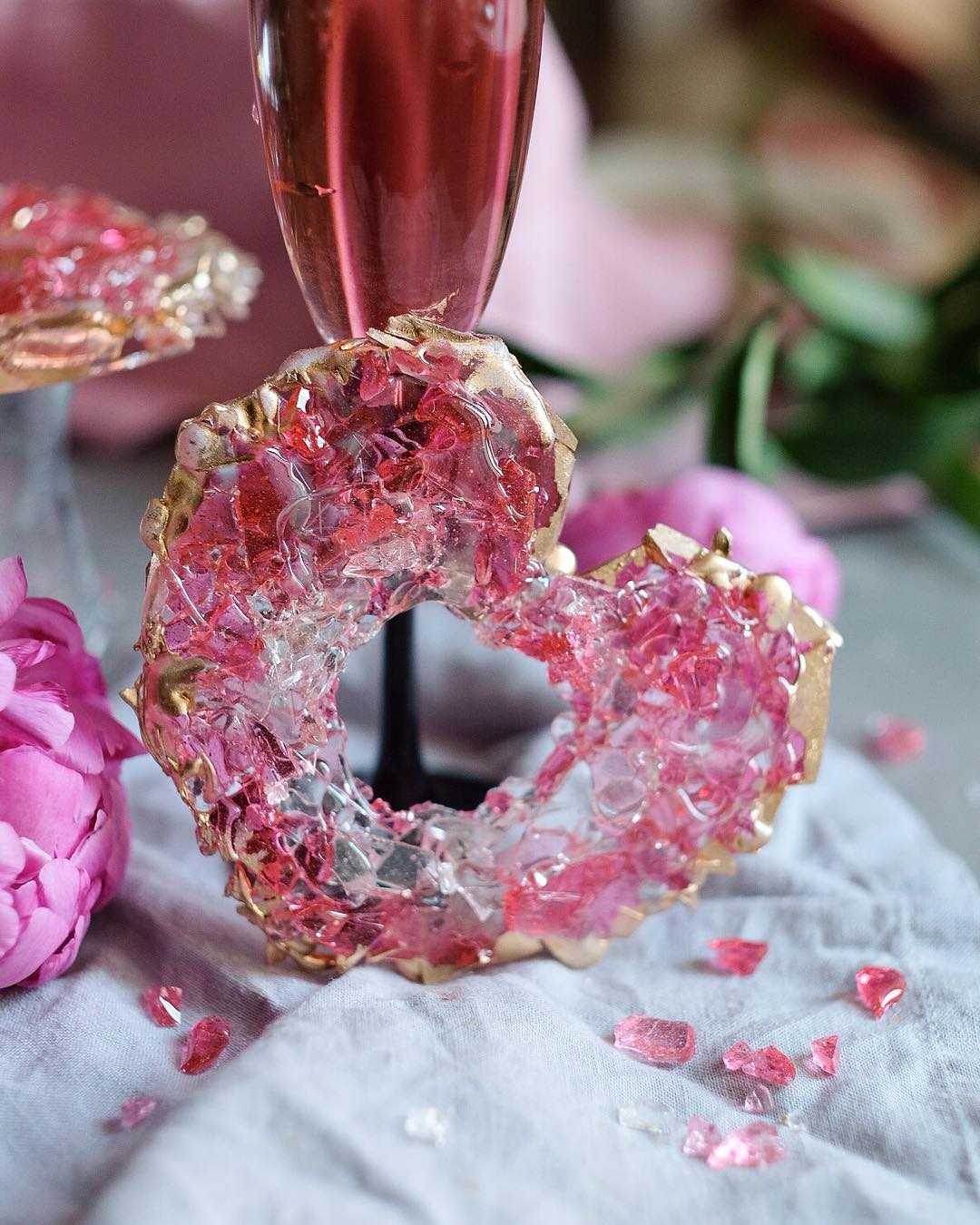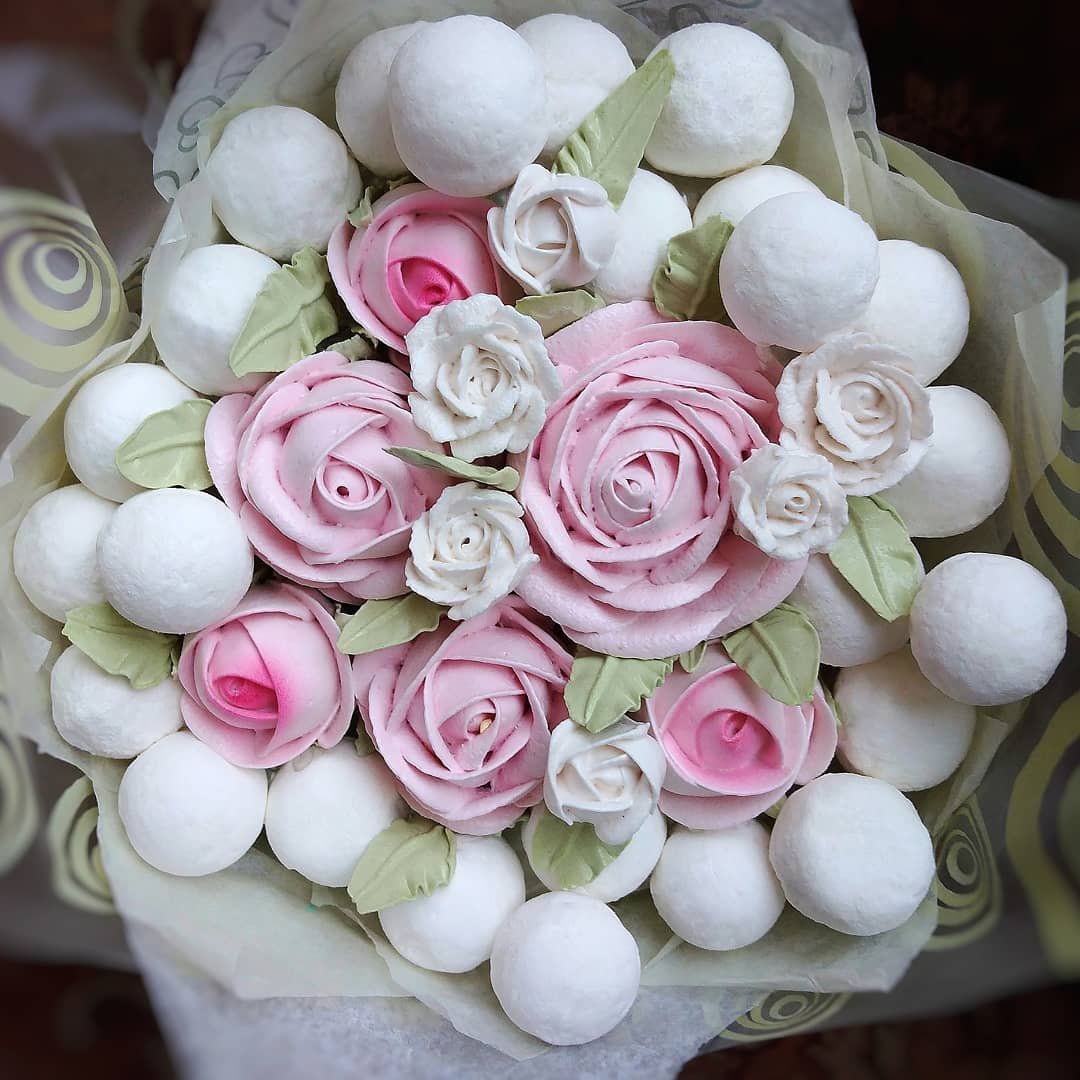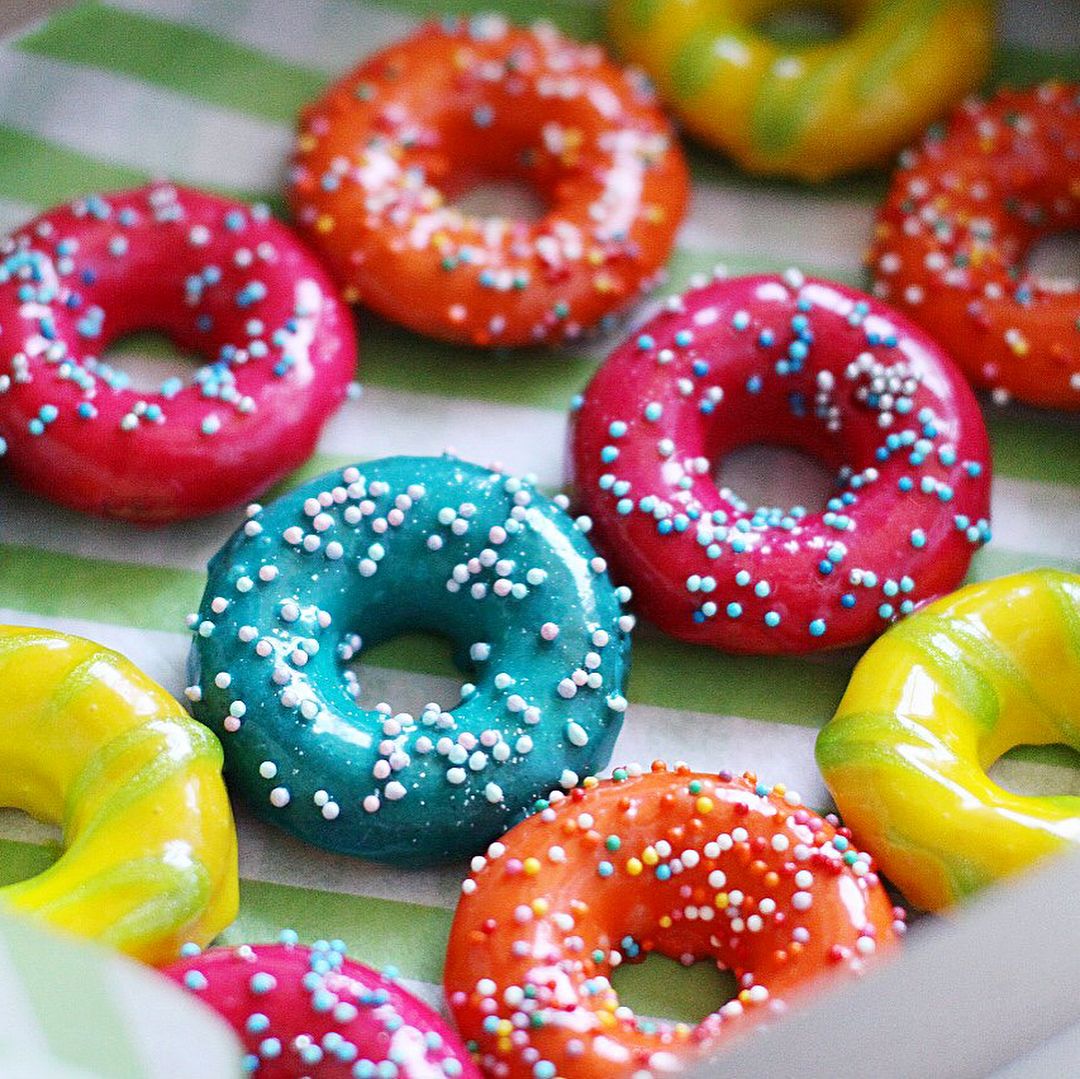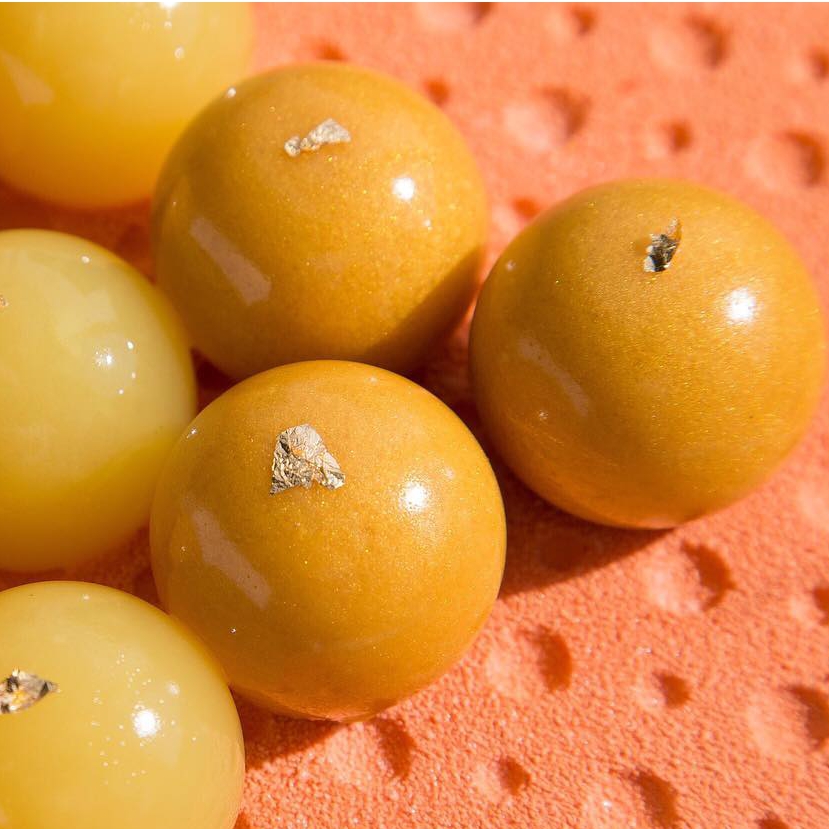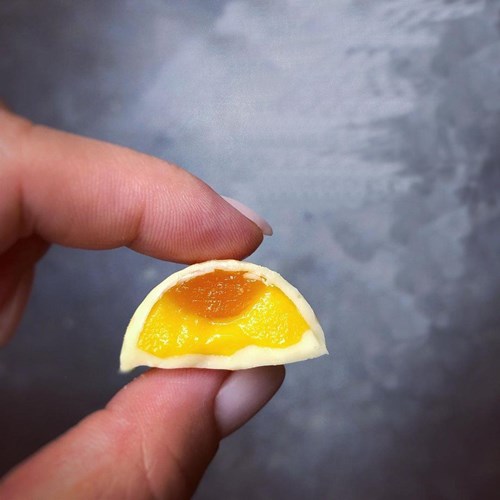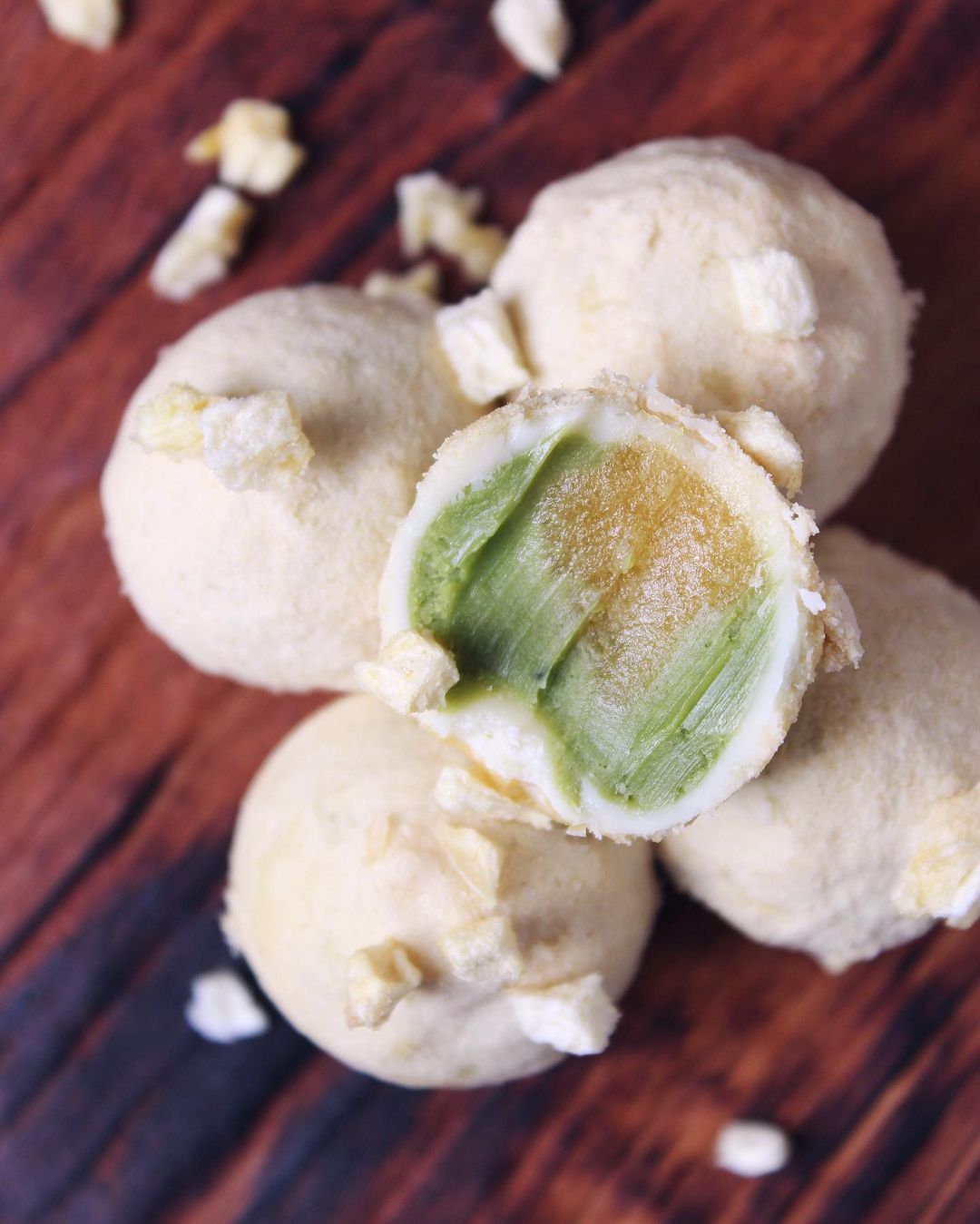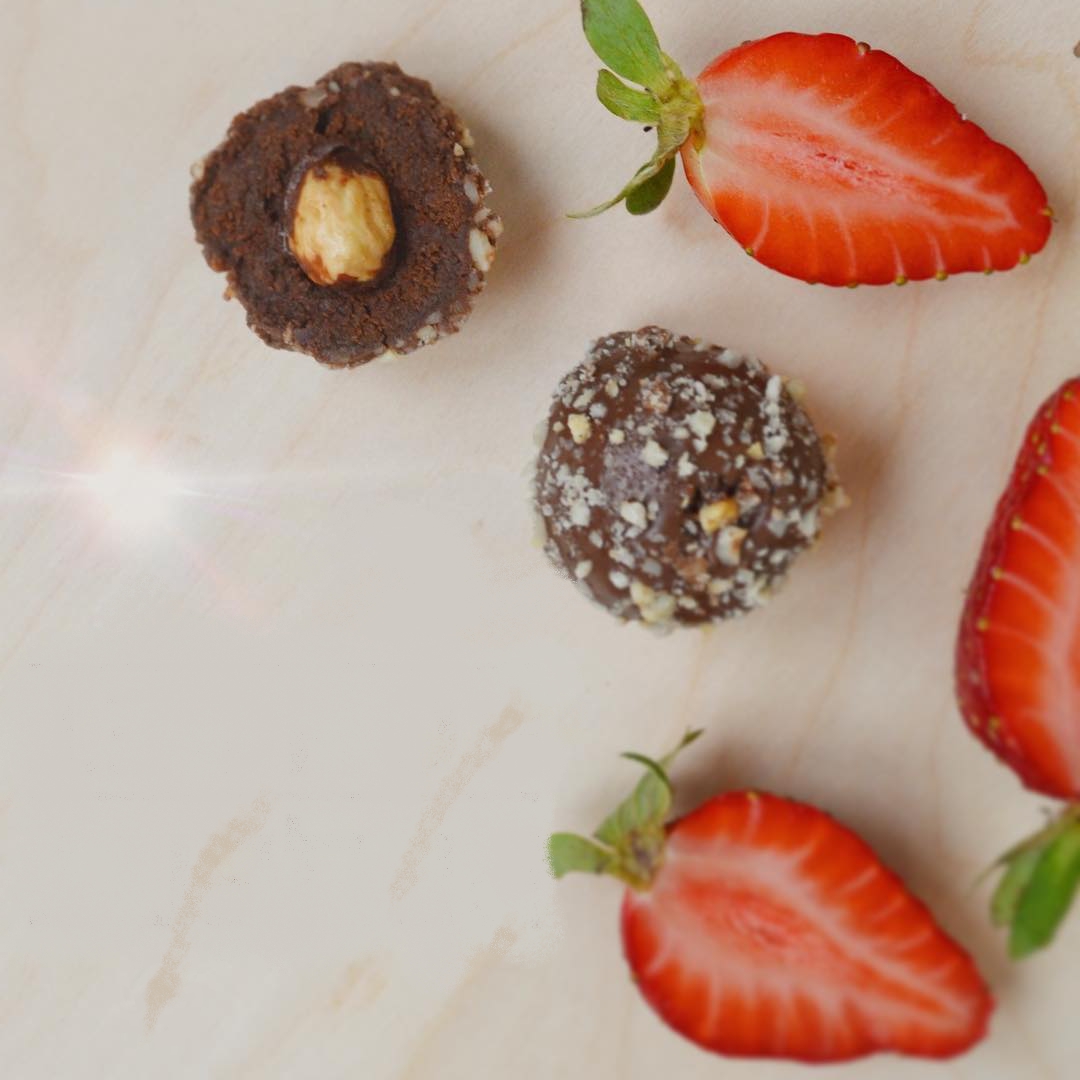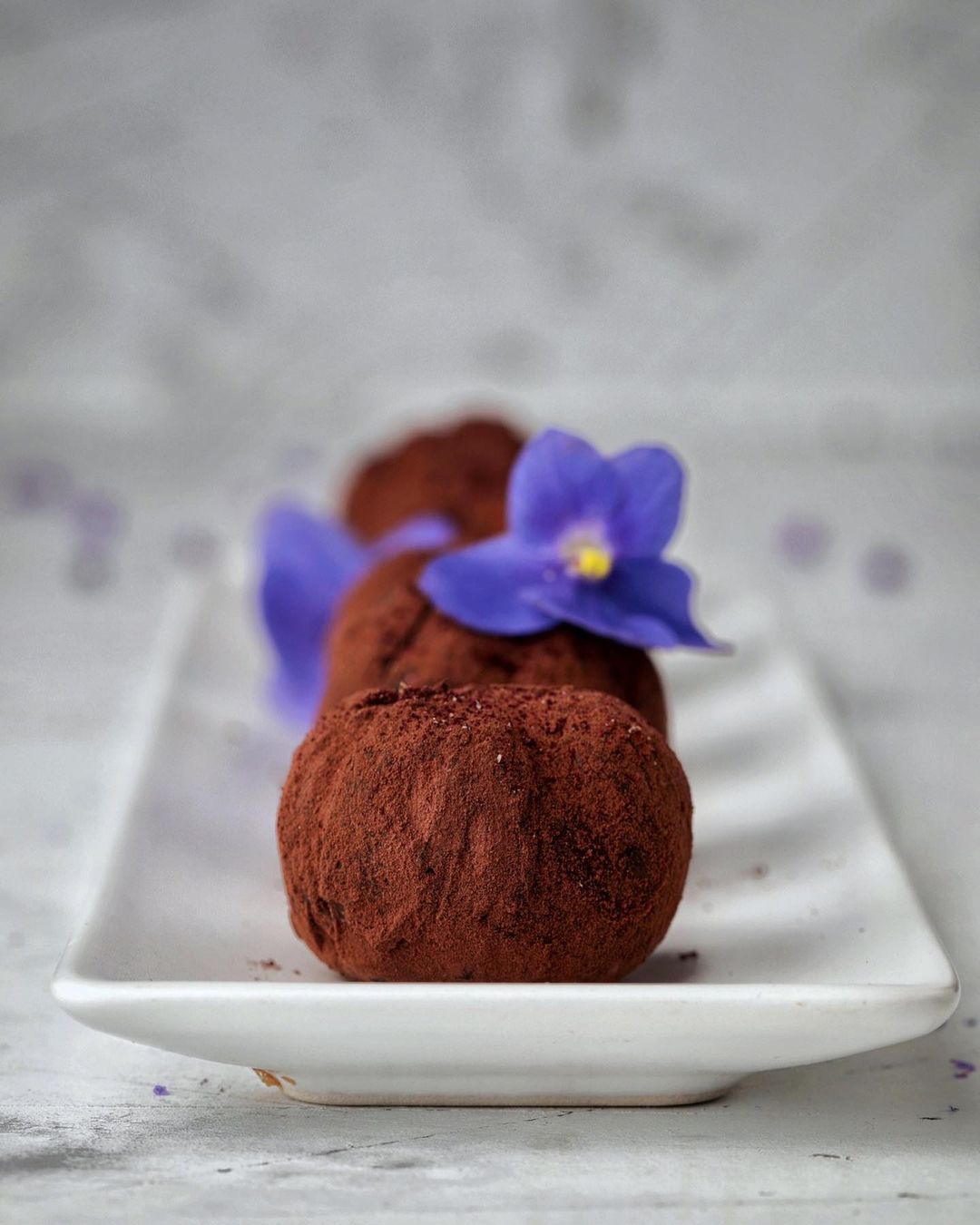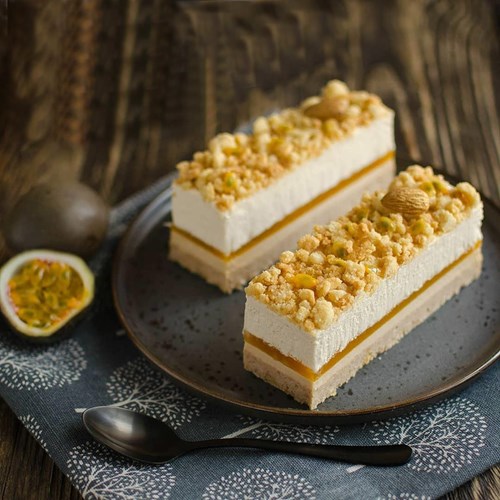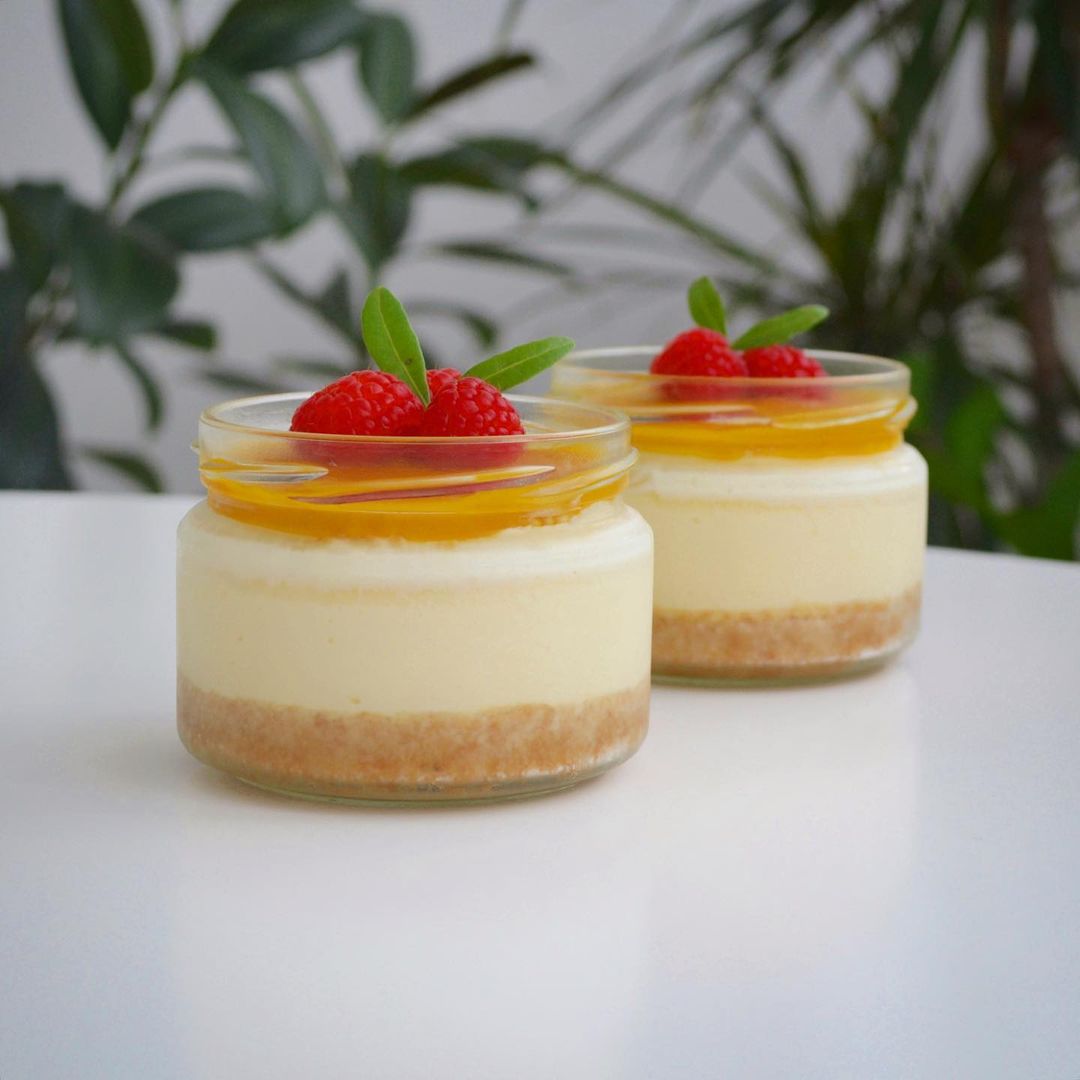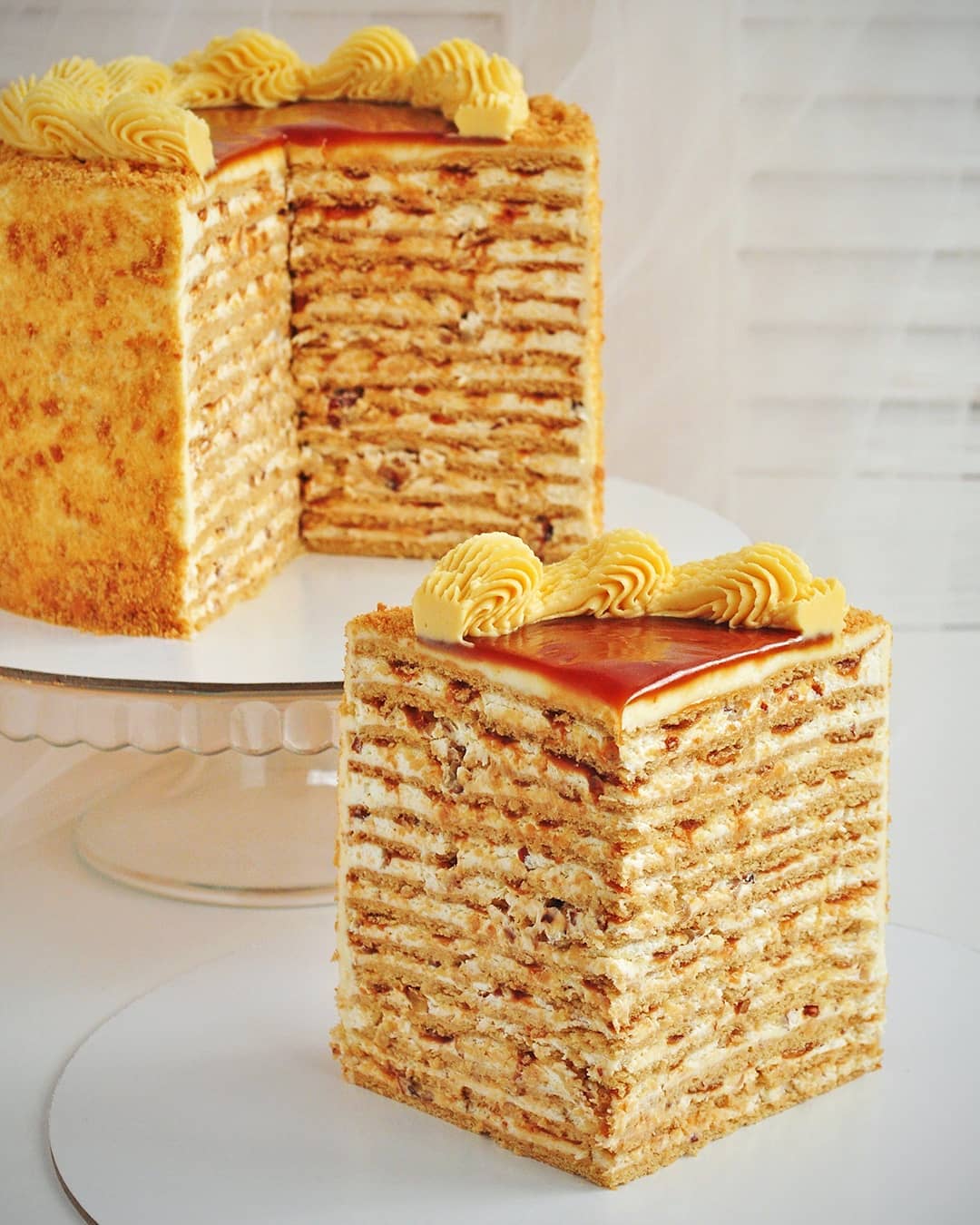Ingredients
Isomalt Heart
Instructions
Step 1
Step 2
Step 3
Step 4
Step 5
Step 6
Step 7
Step 8
Step 9
Step 10
Step 11
Step 12
Step 13
Step 14
Step 15
Step 16
Servings
Equipment
A medium-sized stewpan will help you evenly melt the isomalt. Make sure it's heavy-bottomed to prevent burning.
This is essential for monitoring the temperature of the isomalt so you don’t overcook or undercook it.
Use two silicone mats to pour and cool the isomalt; they are non-stick and heat-resistant, perfect for this recipe.
The flexibility of a silicone spatula allows you to easily manage the hot isomalt without sticking.
These are perfect if you want to turn your isomalt heart into a cake topper. Opt for sturdy skewers that can hold the weight.
Prepare a saucepan of cold water in advance to help quickly cool down the isomalt.
Variations
Faq
- How do I know when the isomalt is ready to use?
Use an immersion thermometer. The isomalt should be heated to 180-190°C (356-374°F).
- Can I use regular food coloring instead of gel?
No, it's best to use gel water-soluble food coloring as it mixes better with the isomalt.
- How do I manage the temperature effectively?
Always use an immersion thermometer and be prepared to quickly cool down the isomalt by placing the saucepan in cold water.
- My isomalt keeps getting cloudy. What can I do?
Make sure to remove all bubbles by cooling the saucepan in cold water for about 10 seconds before pouring.
- How can I prevent the isomalt from sticking to the mat?
Silicone mats are non-stick, but if you still experience sticking, make sure they are thoroughly clean and dry before use.
- Can I store isomalt hearts for future use?
Yes, you can store them in airtight containers to protect them from moisture and humidity.

